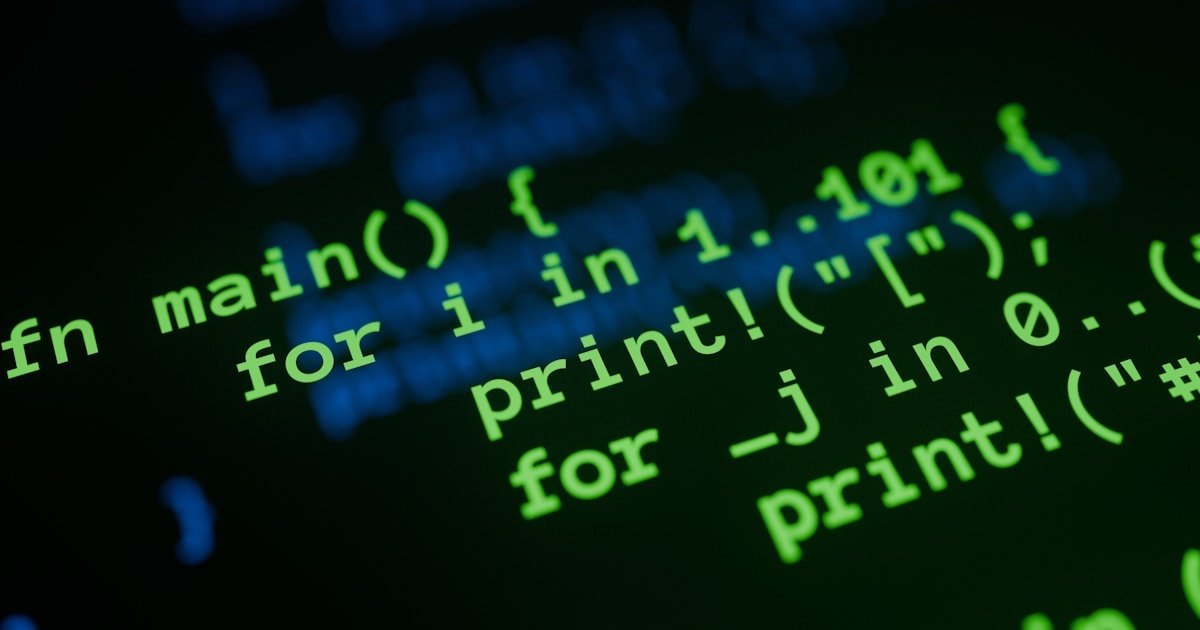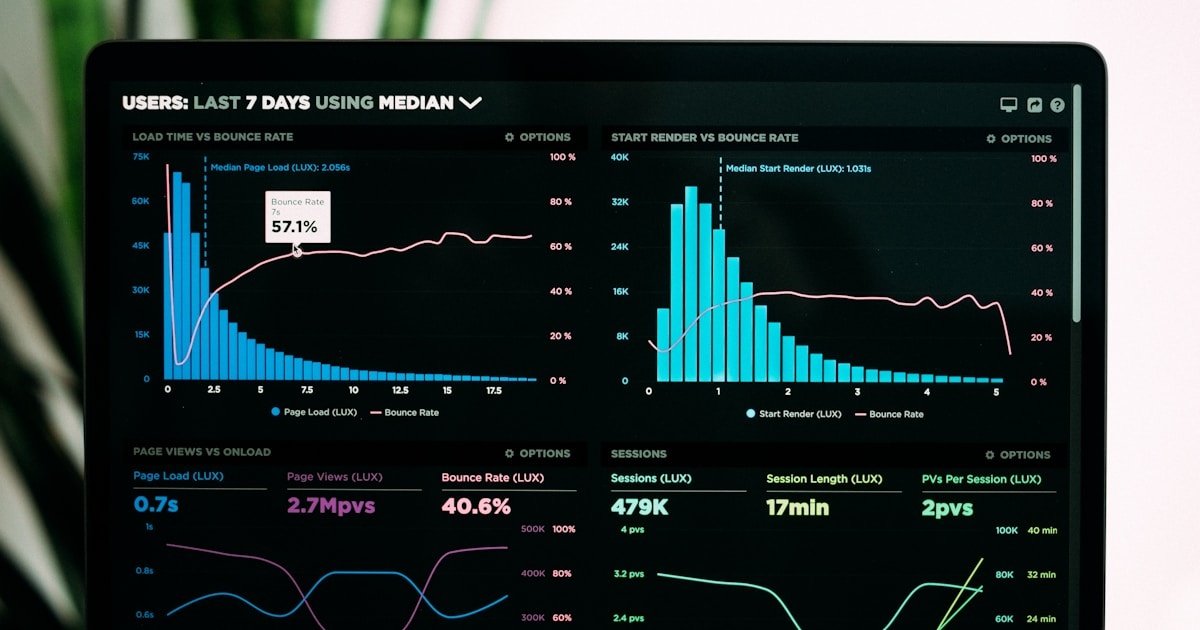27 Sep The Evolution of Remote Work: What’s Next?
Key Summary Points: The rise of hybrid work is redefining workplace dynamics, integrating remote and in-office collaboration. Technological advancements such as AI, automation, and the metaverse are transforming remote work environments. Companies are reimagining office spaces to foster creativity and flexibility for hybrid teams. The...












